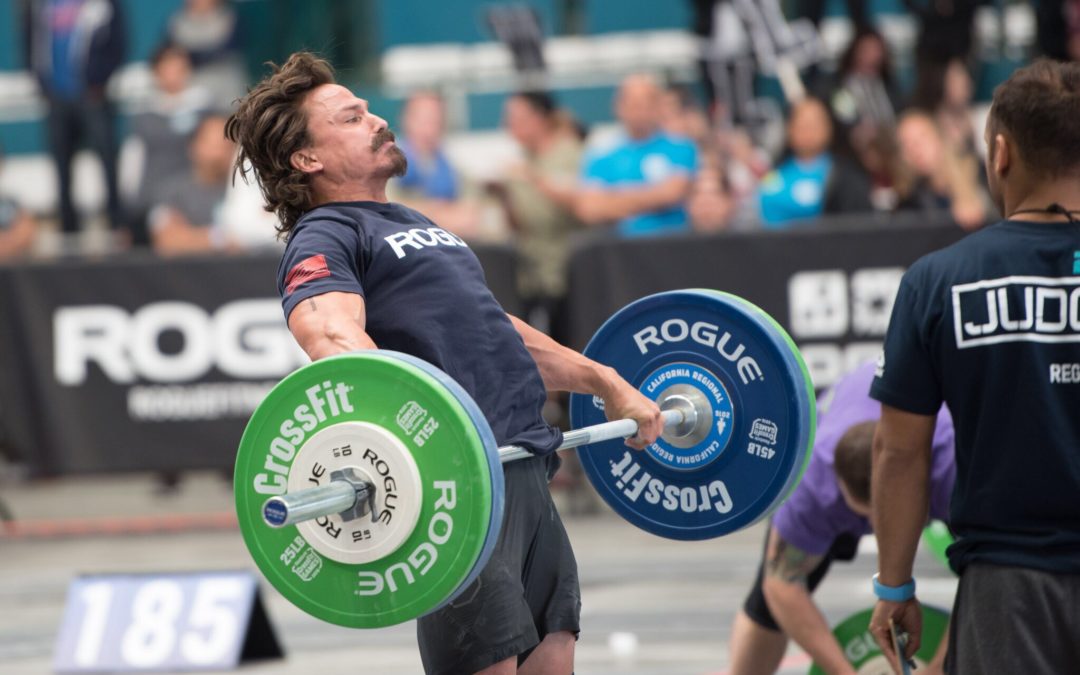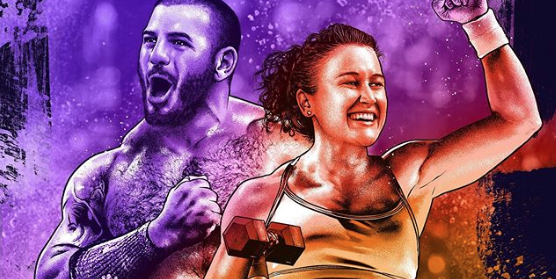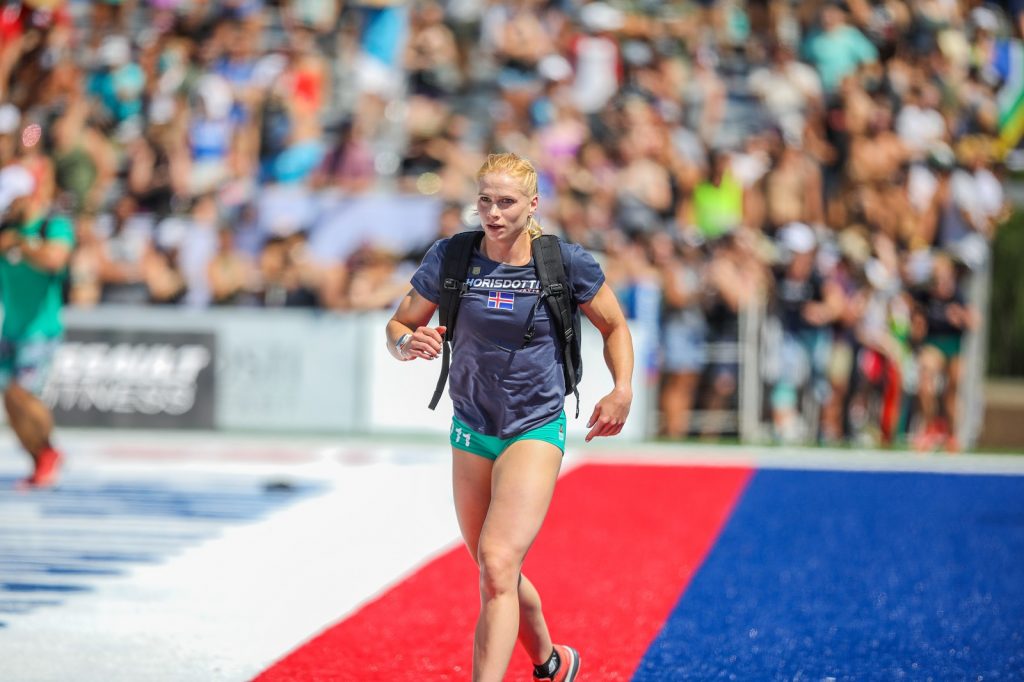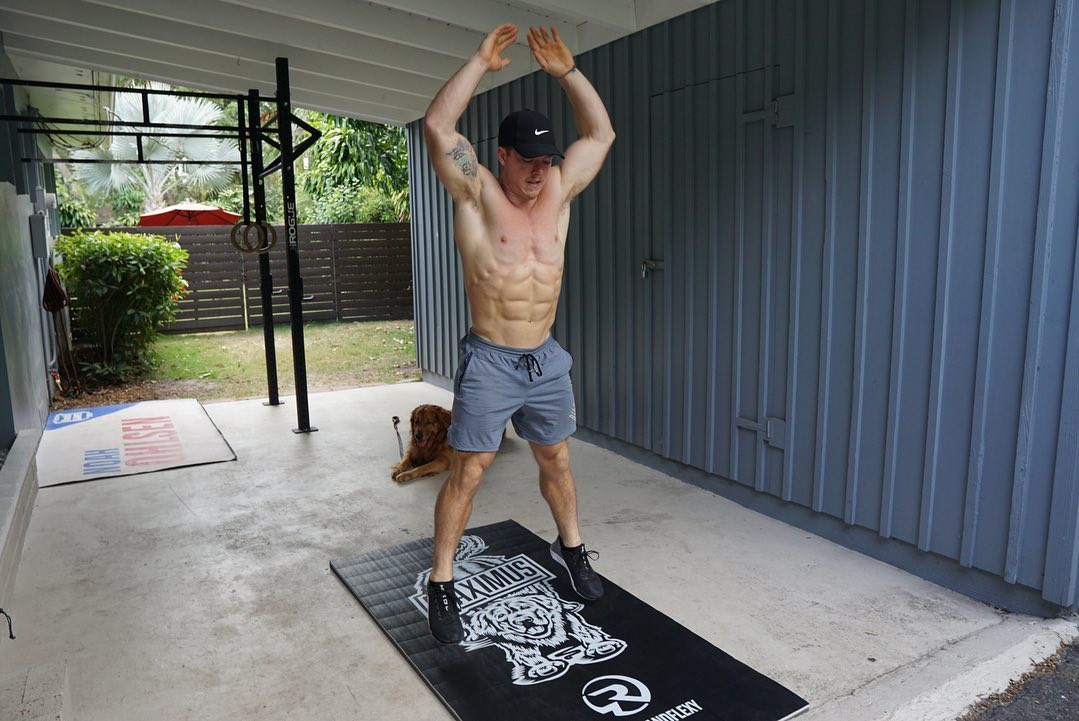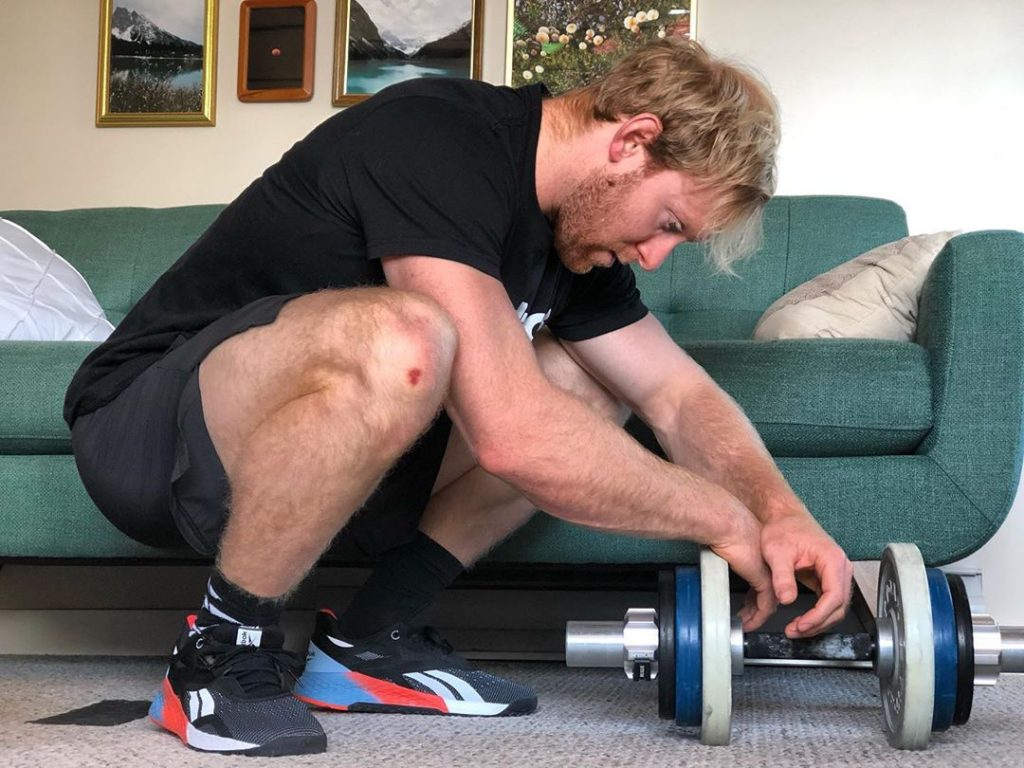Does perfectionism hurt or aid athletes?
One of the most notorious traits in elite-level athletes is perfectionism. Given its prevalence among these individuals, it is sometimes argued that it predicts success in sports. The goal of this article is to further explore this construct in hopes to determine the real nature of its influence on athletic performance.
Perfection: a double-edged sword
Perfectionism is a multidimensional personality trait represented by three key aspects: «beliefs of a self-demand for excellence and the inclination to set high standards for performance, followed by a hypercritical self-evaluation and high concern focused on errors» (Frost et. al, 1990).
Perfectionism is built upon an irrational belief that there is a correct, precise and perfect solution to a problem and that failing to find this solution is tragic (Ellis, 1962). What this causes is a never-ending quest for excellence joined by extreme self-evaluation and criticism.
At this point, one begins to envision a dichotomy: if I meet the requirements and reach what I consider «perfection», I’m golden; but what happens if I’m not up to par? Here’s when we have to introduce the notions of perfectionist concerns, on the one hand, and perfectionist efforts on the other (Stoeber, 2014).
Perfectionist concerns
Perfectionist concerns can manifest in various ways:
- Execution errors: «I can’t miss a single legless rope climb in this workout»
- Self-evaluation: «Did I do everything I could or did I miss something?»
- Uncertainty: «Did I do enough to qualify?»
- External expectations and other uncontrollable factors: «What will my coach think of me?»
- Giving too much importance to precision, order and organization: «This is what I’m best at. I can’t fail here.»
All this background noise can stir up quite the commotion, to the point the athlete’s performance is severely hindered. Investigations to this respect reveal direct relations between perfectionist concerns and fear of failure, stress, depression, anxiety, low self-confidence and avoidance behaviors (González-Hernández et. al, 2019).
Perfectionist efforts
Perfectionist efforts reflect «a tendency to maintain perspective on performances while striving to achieve exceptional standards» (Rees et. al, 2016). These are positively related to self-confidence in competition, better relationship with peers, higher self-esteem, positive emotions and better coping strategies (Jowell et. al, 2016; González-Hernández et. al, 2019).
Moreover, perfectionist efforts are directly related to less competitive anxiety, less fear of failure as well as higher motivation to train and progress. There’s more task-oriented focus and the goal-setting process is based on performance and mastery both in training and competition (González-Hernández et. al, 2019).
The pursuit of functional perfectionism
How can we transition to a more functional perfectionist? The main difference between functional and dysfunctional perfectionism seems to be the excess of self-criticism. When we’re continuously evaluating our performance in a negative tone, we increase the chances of letting in the negative consequences of perfectionism.
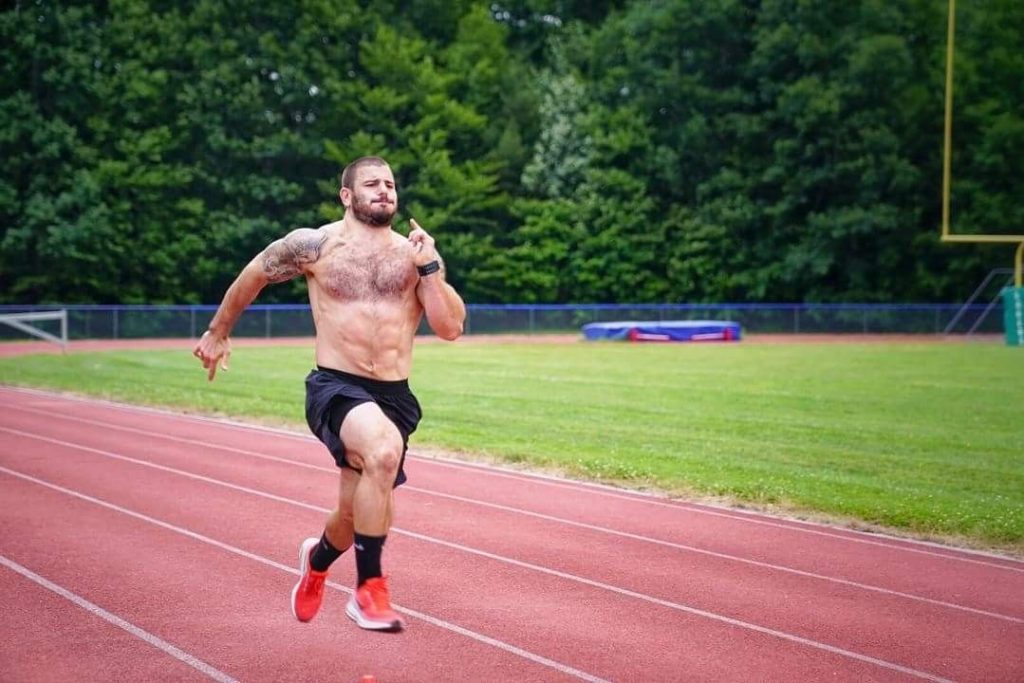
“Well, if I fail, good. I have something new to work on. I have something new to get better at.”
Mat Fraser
Functional perfectionism, however, provides valuable resources that allow the athlete to manage different stressors and adapt to specific demands in their sport (whether individual or team). So, in summary, (dysfunctional) perfectionism can enhance athletic performance.
Coaching staff and athletes must work towards improving self-regulation skills, planning skills, management of emotional responses and expectations to restructure perfectionist beliefs (González-Hernández et. al, 2019).
It’s about striving for perfection when you know you can’t reach it. Climbing a never-ending staircase. Climbing a mountain without ever seeing the summit. It’s quite the paradox come to think of it, but understanding that we’re looking for something that doesn’t exist, leaves us a little closer.
- Ellis, A. (1962). Reason and emotion in psychotherapy. New York: Lyle Stuart.
- Frost, R. O., Marten, P., Lahart, C., and Rosenblate, R. (1990). The dimensions of perfectionism. Cogn. Ther. Res. 14, 449–468. doi: 10.1007/BF0117
2967
- González-Hernández, J., Capilla Díaz, C., Gómez-López, M., & Raimundi, J. (2019). Impulsiveness and cognitive patterns. Understanding the perfectionistic responses in Spanish competitive junior athletes. Frontiers in psychology, 10, 1605.
- Jowett, G. E., Mallinson, S. H., and Hill, A. P. (2016). “An independent effects approach to perfectionism in sport, dance, and exercise,” in The Psychology of Perfectionism in Sport, Dance and Exercise, ed. A. P. Hill (Abingdon-on-Thames: Routledge/Taylor & Francis Group), 85–149.
- Rees, T., Hardy, L., Güllich, A., Abernethy, B., Côté, J., Woodman, T., Montgomery, H., Laing, S. & Warr, C. (2016). The great British medalists project: a review of current knowledge on the development of the world’s best sporting talent. Sports Medicine, 46, 1041-1058
- Stoeber, J. (2014). Perfectionism in sport and dance: a double-edged sword. Int. J. Sport Psychol. 45, 385–394

